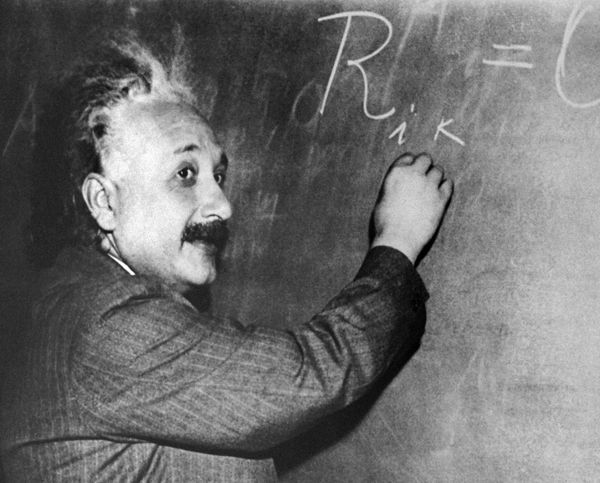If we can't use the fourth dimension to time travel, and if we can't even see the fourth dimension, then what's the point of knowing about it? Understanding these higher spatial dimensions is of importance to mathematicians and physicists because it helps them understand the world.
String theory, for example, relies upon at least 10 dimensions to remain viable [source: Groleau]. For these researchers, the answers to complex problems in the 3D world may be found in the next dimension — and beyond.
Applications in Math
In mathematics, particularly in geometry, comprehending higher-dimensional spaces, including the fourth dimension, is fundamental. These spaces expand problem-solving capabilities, although visualizing them challenges our conventional three-dimensional thinking. Concepts like hypercubes enable mathematicians to explore these abstract spaces.
In geometry, the fourth dimension plays a vital role in visual representation. It extends beyond our everyday experience, challenging our ability to grasp complex spatial arrangements. While we can't directly visualize four-dimensional space, math provides tools for representing and comprehending it, expanding our geometric understanding.
Applications in Physics
In physics, the fourth dimension, as time in space-time, forms the cornerstone of our comprehension of physical laws and predictions. The theories of modern physics, like Einstein's general relativity, rely on this concept. Accurate predictions about the behavior of objects and events demand the inclusion of time as the fourth dimension.
In fact, time as the fourth dimension is crucial for reshaping our understanding of gravity in the context of general relativity. It describes gravity as the curvature of space-time by massive objects, deeply intertwined with the fourth dimension. Neglecting time in this context would make explaining gravitational phenomena very challenging.
Everyday Applications
In everyday life, tasks, such as navigation and communication, heavily depend on our grasp of time as the fourth dimension. Technologies like GPS and accurate time-keeping systems rely on this foundational understanding, enhancing our daily lives.
Moreover, the concept of the fourth spatial dimension prompts profound philosophical inquiries into the nature of time and reality, challenging our perceptions and encouraging contemplation about our place within the universe.
Applications in Cosmology
Lastly, in cosmology, the fourth dimension is pivotal for unveiling the history and evolution of the universe. It assists in studying significant events like the Big Bang, cosmic expansion and the formation of galaxies and stars, providing invaluable insights into the cosmos.
This article was updated in conjunction with AI technology, then fact-checked and edited by a HowStuffWorks editor.



